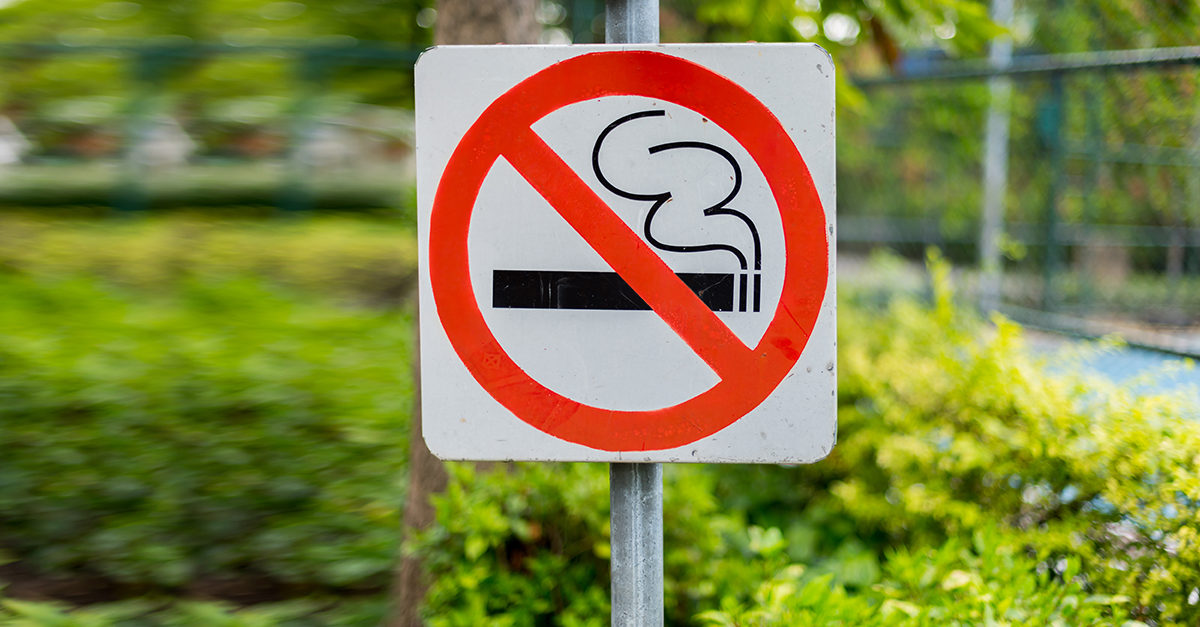December 15, 1953 was a fateful day for what is still one of the largest industries in the United States and around the globe: Big Tobacco.
As outlined in Merchants of Doubt by Naomi Oreskes and Erick M. Conway, a few months earlier, researchers at a New York hospital had painted cigarette tar on the skin of mice. In all instances, the tar caused fatal cancers. The scientific findings of the study were reported in the country’s most-read publications of the day and were eventually circulated around the world.
Creating a Smoke Screen
In 1953, the news that cigarettes are carcinogenic was not new information. In the 1930s, German scientists reported that cigarette smoking could cause lung cancer. However, it is what happened next that makes December 15 of that year so fateful.
On that day, presidents of America’s four largest tobacco companies convened in New York City with John Hill, founder of one of the largest public relations firms in the country. Hill discussed what steps the tobacco company leaders should take to defend their companies and their products. In essence, they agreed that the ultimate weapon for fighting the claims about cigarettes was to spread doubt. This meant convince the public there was “no sound scientific basis for the charges,” and as a result, “no proof.” They agreed to tell consumers that the recent reports were “sensational accusations” made by “publicity-seeking” scientists and created an organization called the Tobacco Industry Committee for Public Information to supply “pro-cigarette information.”
“Scientific doubt must remain,” Hill said, “and it is my job to ensure it.” Although he succeeded for a while, he was fighting a losing battle.
As more studies eventually confirmed the hazards of smoking, the doubt about cigarettes came to an end. Eventually, the U.S. Department of Justice said that the entire public relations program was designed to “deceive the American public about the health effects of smoking.”
Doubt Surrounding Global Warming
So why, nearly 70 years later, are we discussing this situation?
We are talking about it because the same scenario of spreading doubt is happening today—only this time, it’s about the causes of global warming and climate change.
The difference is that, while at least 97 out of every 100 climate scientists publishing peer-reviewed journals accept the fact that the earth is warming primarily due to human emissions, according to a report in Yale University’s, Climate Connections (June 2017), the spreaders of doubt, especially in the United States, appear to be holding their own.
One reason for this is that faith in science is not as strong today as it was 60 years ago.
“People have many places to look for scientific news and information [such as] the internet, books, documentaries, museums, or social media,” says Elaine Howard Ecklund, a sociology professor at Rice University in a Phys.org article (June 2017). “But there is a good reason to believe some look beyond scientific sources of information when questions arise about science. Some segments of the public, for example, are skeptical of the scientific community when it comes to topics like climate change, evolution, or vaccines.”
In addition to this skepticism, economic hardship is impacting large portions of the U.S. population today. The world is changing and changing fast, giving strength to the power of doubt. Many industries, along with the jobs they created, that were the driving force of America’s economy in the 20th century are now struggling to stay relevant.
Finding Economic Opportunities
As more companies in the United States set aside their doubts about climate change, economic opportunities are emerging. These opportunities evolve as companies begin reducing their carbon footprint and operate more sustainably.
Further, many of these opportunities are now knocking on the doors of jansan distributors. To open these doors, all distributors need to do is prove they are taking steps to operate their businesses in a healthier, more sustainability-focused manner.
According to CPA Journal (July 2018), although sustainability reporting in the United States is presently voluntary, corporations have increased their reporting on these issues. “The Governance and Accountability Institute (GAI) reports that approximately 81% of S&P 500 companies issued a sustainability report in 2015, compared to less than 20% in 2011. By 2016, over 13,000 companies had produced more than 80,000 reports globally,” CPA Journal reports.
Today, nearly 83% of S&P 500 companies issue sustainability reports. These are large companies that purchase vast amounts of supplies. They work with vendors who follow their lead. They are precisely the type of organizations every jansan distributor covets.
Will Doubt Continue?
Change is happening. Most Americans already believe climate change is real and created by human activities, according to The Atlantic (January 2019).
However, what might be the biggest doubt-ender is dollars and cents. Very simply, there is money to be made in sustainability, and once companies realize and understand this, I expect the jansan industry to embrace sustainability like never before.




